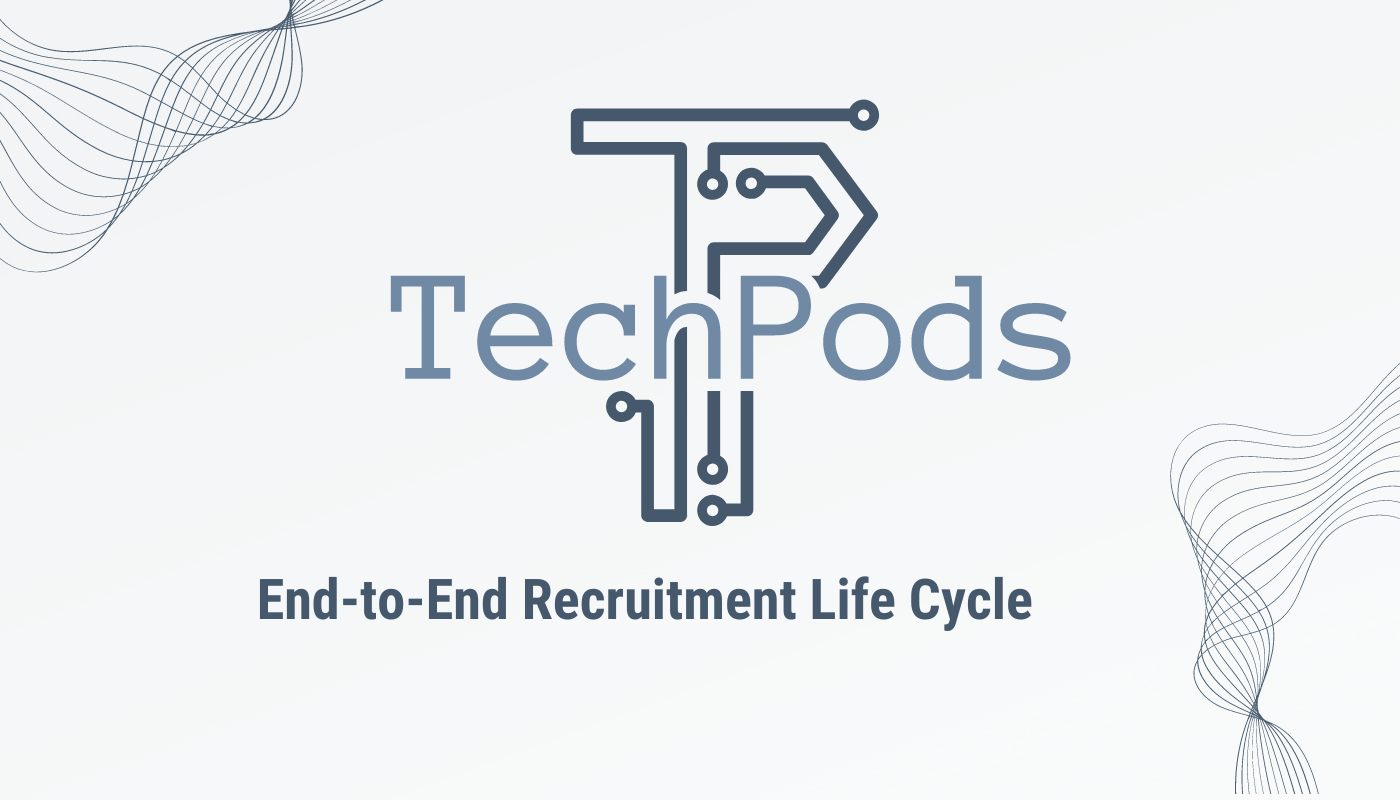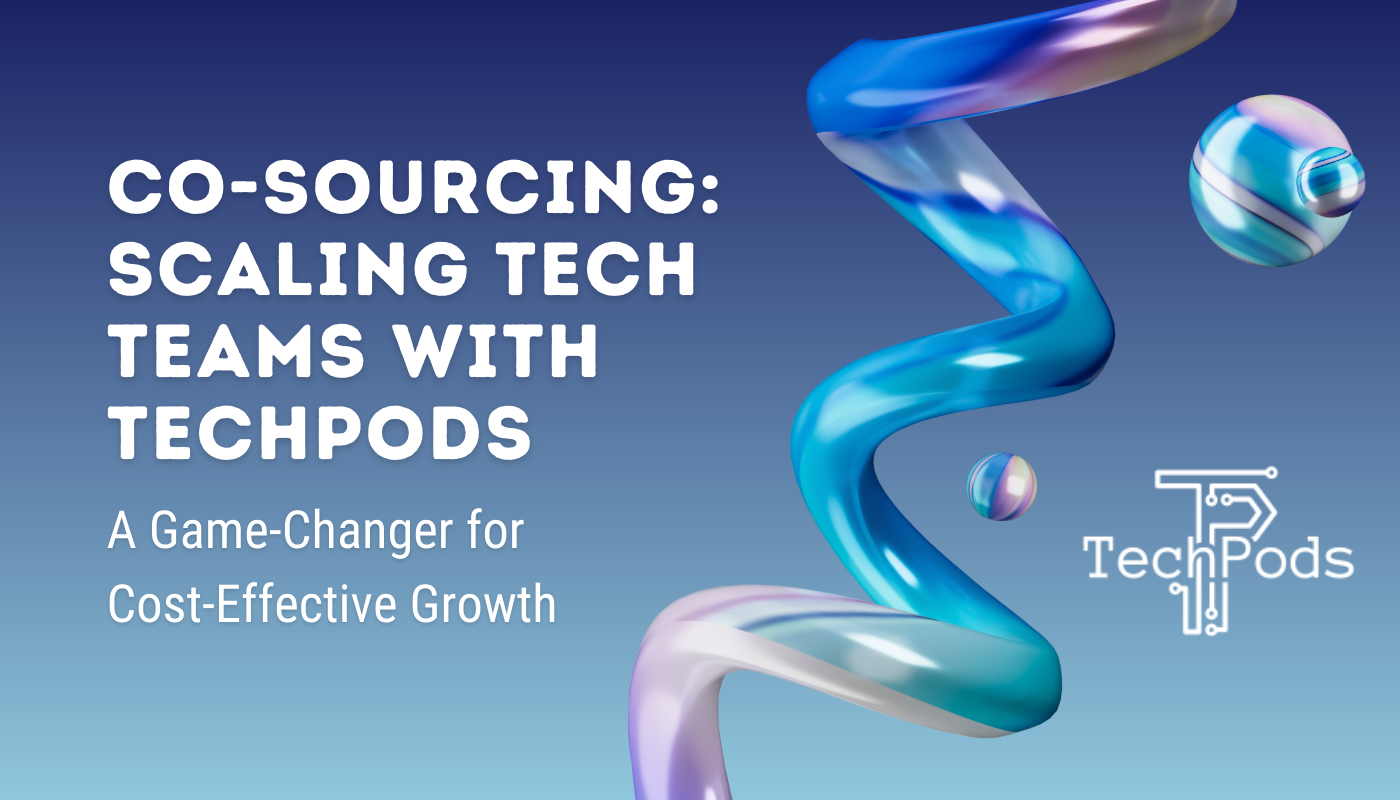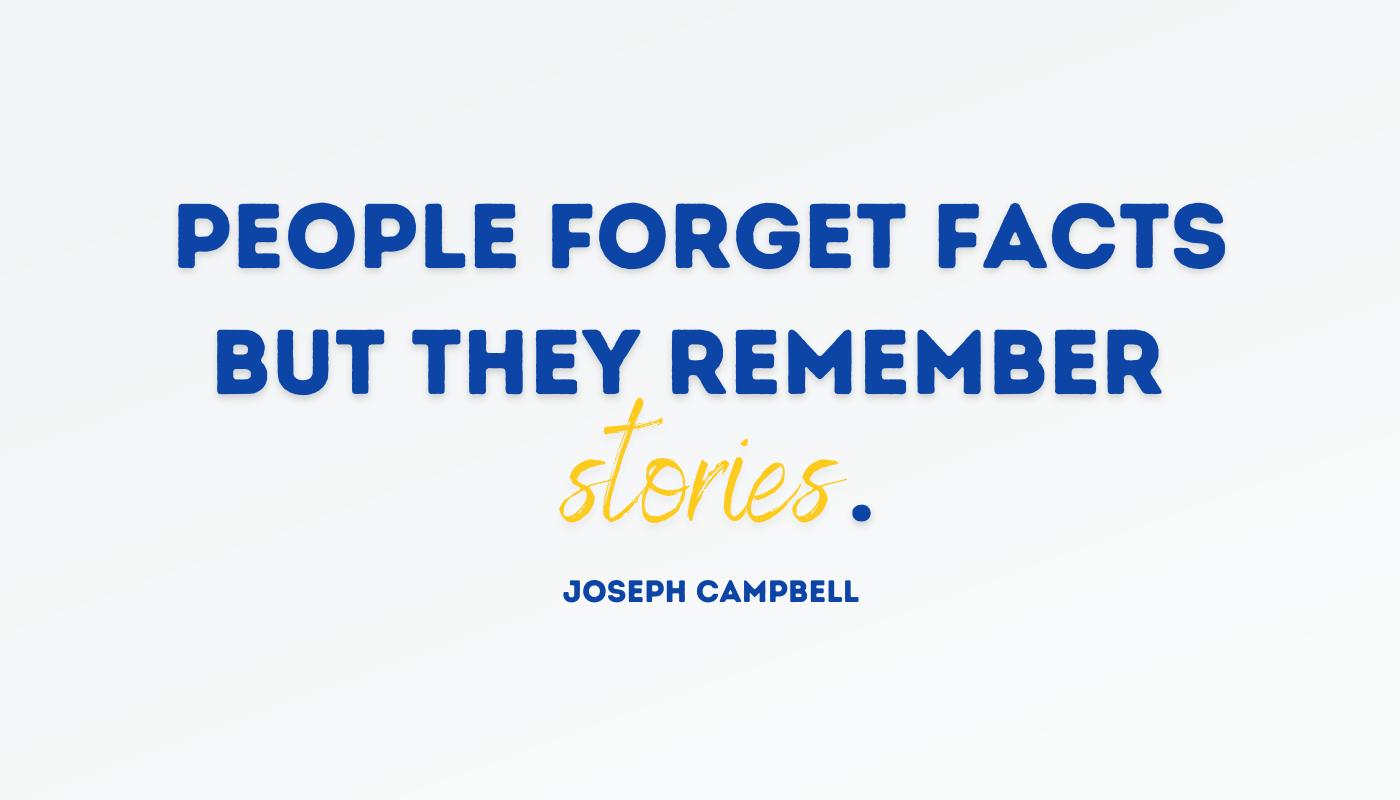End-to-End Recruitment Life Cycle

About me:
Hey there, I am Boryana - a Senior Technical Recruiter at TechPods. Believe it or not, it has been exactly two years and 20 days since I joined this incredible company as a Junior Talent Acquisition specialist. And let me tell you, the journey has been nothing short of exhilarating!
What I believe sets me apart from the rest of the professionals in this domain is my passion - the unbridled passion for recruitment and development. But that is not all - I also owe my success to my incredible mentors from the company, who have helped me surpass all expectations. And here is a little nugget of information for you: did you know that people who have clarity in their workplace are less likely to quit? According to a recent survey by Microsoft, employees who report having clarity about their work priorities are 7.1 times as likely to say they rarely think about looking for a new job (Work Trend Index Special Report, 2022).
And yes, I strongly believe that when you аre doing something you аre truly passionate about, it feels like a breeze. Sure, there will be obstacles, but that is what helps us grow and reach new heights.
What is an End-to-End Recruitment Life Cycle?
End-to-end recruitment life cycle or also known as - the full recruitment life cycle, can be of fundamental importance to many organisations in finding the right talent for current and future openings. This structure may be significantly valuable to companies that look to employ people long-term, such as the business I am working for TechPods. In this article, you will gather information about the six stages of the end-to-end recruitment life cycle and what they include.
What we call a full-cycle recruiter is a person who can fulfil each stage of this structure. From the moment a vacancy is opened through sourcing strategies and to the job offer proposition. The process is finalised with the onboarding session.
Following the scope of the business, the person in charge of the procedure could differ. In early-stage start-ups or smaller companies, this is usually the HR professional who is also a full-cycle recruiter.
Larger businesses usually have an HR department. There each member of the team is responsible for a specific stage (domain) of the recruitment process. In contrast to smaller companies or startups, in my persuasion, there should always be one person who oversees the entire development.
End-to-end recruitment life cycle stages.
Part 1 - Preparing.
In part one, we will have an overview of the first end-to-end process and how we at TechPods tackle it.Source: TechPods end-to-end recruitment life cycle
At this point, once the job requisition has been internally approved by the higher management we are starting the Preparation stage or a.k.a the Job Requirements.
Personally, this is the most crucial part, as if you do not define correctly, the specifics around the opening and everything that follows will be of no use.
Our organization's successful collaboration with partners for new roles is achieved through our well-defined structure that utilizes a specific questionnaire. The recruitment team creates a list of questions covering the hiring process, tech stack, team values, project specifics, internal teams, and a case scenario. One common approach I often employ is a reverse interview technique, in which I assume the role of the interviewee, and the hiring manager takes on the lead of being the recruiter. That can help you gather key information you can not read on the website.
Recruiters should prepare this list of questions before scheduling a video call to avoid delays and miscommunication. Once we have all the necessary information, we create a comprehensive job description for the TechPods website.
Tool tip: I will personally recommend tools such as Textio or Gender Decoder if you would like to end hidden bias in your company job ads.
Part 2 - Sourcing.
Looking for top talent in the IT industry can be a daunting task, but who doesn’t love a good challenge? We use various channels to ensure we find the right fit for our diverse openings per our partners’ requirements.
To find IT talent in Bulgaria - I primarily rely on popular platforms like GitHub, Stack Overflow, and LinkedIn. And our approach has been proven effective, as we grew by 350% in only two years.
To make the sourcing process even more efficient, I would suggest the usage of a reliable ATS or database is required, so do not neglect it.
Tool tip: There are many different sourcing tools that you can use to streamline this part of the recruiting process. One free-of-charge example is hireEZ, a sourcing solution built by recruiters, for recruiters. If your company can invest more in such a tool - AmazingHiring is recommended.
Part 3 - Screening.
Each organisation has its methodology for how to approach this cycle. I don’t believe in long interview processes and always aim for a fast but efficient one. A rare case from around a year and a half ago when due to the flexibility my hiring manager showed, we managed to close a role in just three days, but this is for another story.
Our screening process mirrors the preferences of our partners, but we strive to keep it simple. It usually contains:
- CV screening, after being in communication with an applicant, it is necessary to verify whether the skill set matches what we are looking for. Screening the CV of an applicant will help you familiarise yourself with the tech they have been using so far. It might show you the direction they want to develop their skills. In that case, you can decide whether your company can support that journey.
- Introduction Meeting is the first step where the candidate meets one of our recruitment representatives. I call it the transparency meeting, for me, it is essential to show our candidates that we are there for them, and our goal is, together, to conclude whether our role is the best fit for them.
There could be times when they could be happy in their current one and were willing to meet only out of curiosity and to double-check the market. There is nothing wrong with that, and we should be respectful, as this could be a great start to our candidate nurturing process.
Fact: According to my personal recruitment metrics for the past year, for the period from April 2022 to April 2023, only 45% of all candidates that have been screened by me have passed the Introduction Meeting. Based on the data from this 45%, ⅓ of them have finalised the process with a job offer. That only can indicate that TechPods is highly selective even from an early stage and does not compromise on quality.
Tool tip: GlossaryTech is an excellent start for every technical recruiter, as it is a go-to recruiter guide for technology definitions.
Part 4 - Selecting.
After cutting above half of the candidates sourced from different channels, we proceed to the second round of interviews. At this point, we forward profiles to our Engineering Managers with detailed information about each applicant - projects they participated in, technologies used, career development path/interest (area, roles or specific tech) and personality overview.
- Technical Interview, usually, these meetings are led by our tech-savvy engineers or our CTO if the process allows it, as we cope with our partner's preferences. This meeting represents an opportunity for every potential employee to connect with their direct manager and colleagues in advance. As we aim for a “T” shaped expertise, our tech interview lies on a live coding session.
- Cultural Fit Interview, after the candidate manages to complete the coding session, we advance to a meeting directly with representatives from TechPods partners’ side. Usually, these are the Engineering Managers or Technical Leads of the team.
Part 5 - Hiring.
In this part, the hiring manager and the recruiter have narrowed their shortlist to one to three applicants who have passed all interviews. Afterwards, a reference check and, in certain situations, a background check may be performed.
Part 6 - Onboarding.
The recruitment end-to-end process doesn't end once a candidate signs the contract. It is just the beginning of the pre-boarding period, an essential time between contract signing and their official start date. It is crucial to stay in touch with new hires during this period to ensure they remain engaged and enthusiastic about their upcoming role. Failure to do so can result in them losing interest and accepting another offer elsewhere if they miss feeling engagement from the company. At TechPods, we acknowledge the significance this final stage has. That is have a dedicated person responsible for the onboarding session.
Part 7 - Conclusion.
In conclusion, it can be said that the end-to-end recruitment life cycle is a crucial process for any organisation whose purpose is to scale by hiring the right talent for their current and future openings. TechPods processes include six cycles that helped us successfully reach our goals year by year.
I believe that businesses that possess recruitment cycles/stages and follow them are much more likely to succeed. Even if you do not see how meaningful that might be, at the moment, ask yourself why software engineers have development life cycles (SDLC). Why is it essential to finalise them and have a structure? Same purpose but a different domain.


